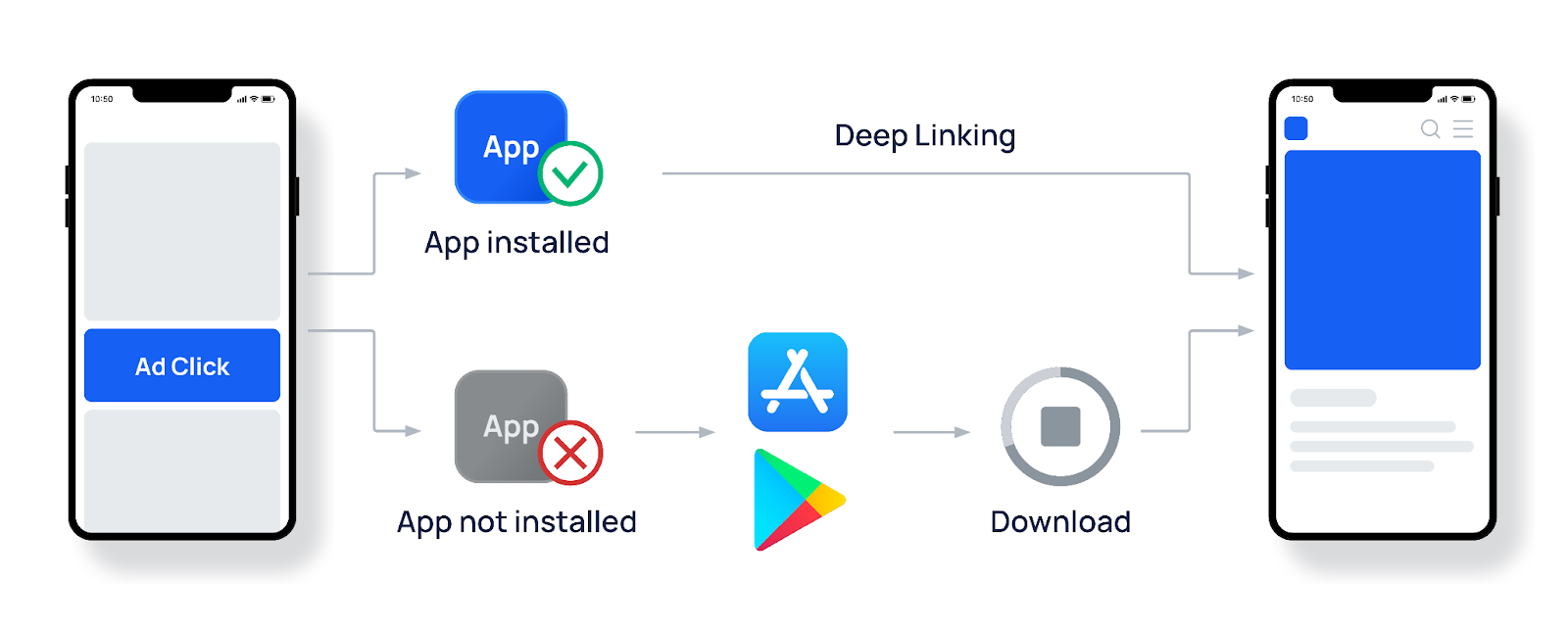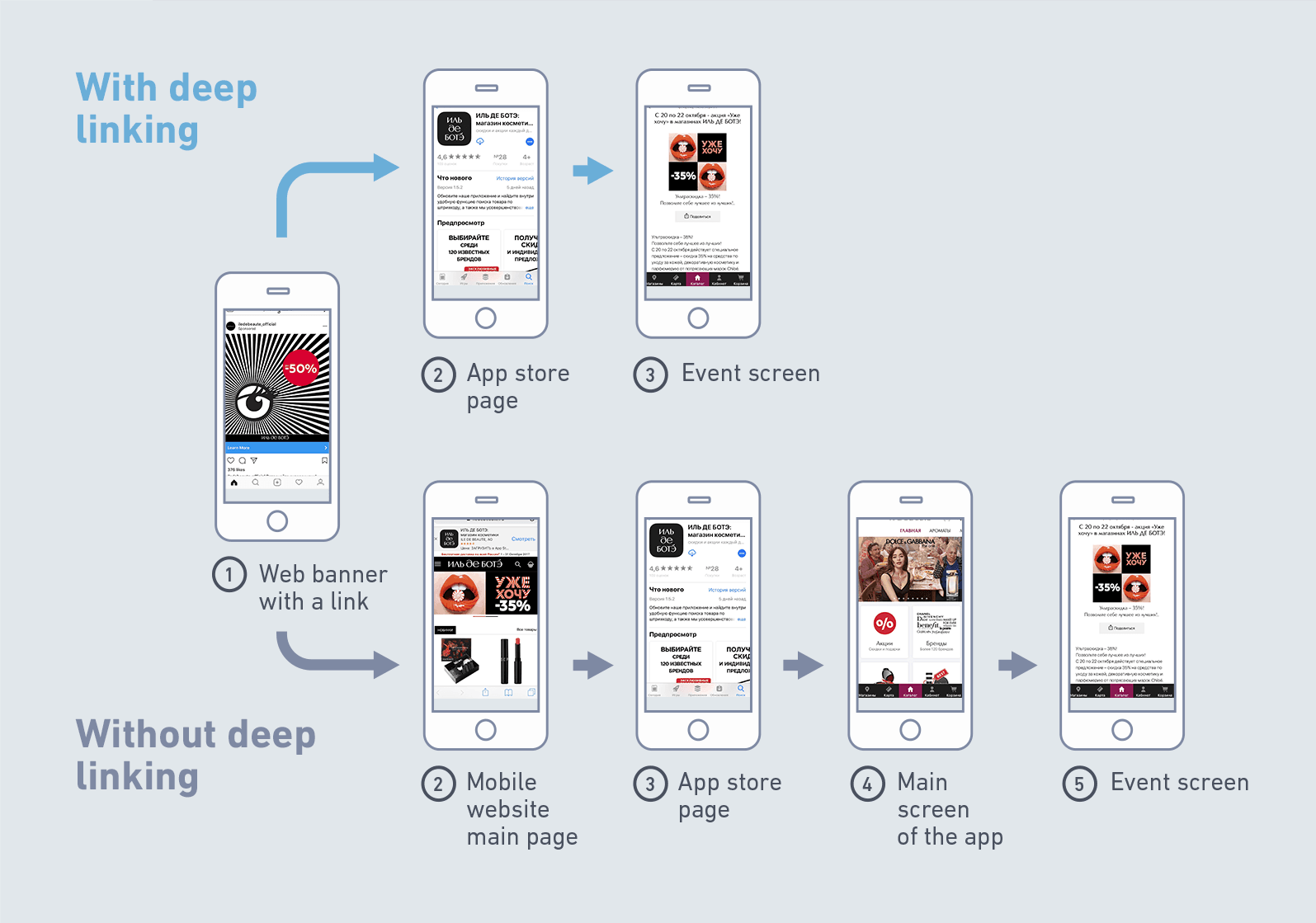Deep Hot Link: The Ultimate Guide To Understanding And Maximizing Its Potential
Apr 20 2025
Have you ever heard about deep.hot.link? If you're diving into the world of digital marketing, SEO, or content creation, this term might pop up more often than you think. Deep hot link isn’t just a fancy phrase; it's a game-changer in how we approach online content sharing and distribution. Whether you're a beginner or a pro, understanding what it is and how it works can significantly impact your online presence. So, buckle up because we're about to take a deep dive into the fascinating world of deep hot linking!
Now, you might be wondering, "What exactly does deep hot link mean?" Simply put, it refers to the practice of linking directly to specific content within a website rather than just the homepage. This technique allows users to access exactly what they're looking for without having to navigate through multiple pages. Sounds cool, right? But there’s so much more to it than just convenience.
In today's fast-paced digital landscape, where attention spans are shorter than ever, mastering techniques like deep hot linking can set you apart from the competition. It’s not just about driving traffic—it’s about delivering value and ensuring that users find exactly what they need, when they need it. Let’s explore this concept further and uncover its secrets!
What is Deep Hot Link? A Beginner's Perspective
Alright, let’s break it down for those who are totally new to this concept. Imagine you're reading an article, and instead of clicking on the main website, you're taken directly to the exact section or page that has the information you need. That’s deep hot linking in action. It’s all about creating direct paths to specific content, making navigation smoother and more efficient.
But why is it called "deep"? Well, think of a website as an onion—yes, I said onion. The homepage is the outer layer, and as you go deeper, you uncover more layers of content. Deep hot linking allows you to access those inner layers directly, skipping the outer ones altogether. It’s like cutting straight to the chase, and who doesn’t love that?
Why Should You Care About Deep Hot Link?
Here’s the deal: if you're running a website or managing digital content, deep hot linking can be your secret weapon. It improves user experience by reducing the number of clicks needed to find relevant information. Plus, it enhances SEO by increasing dwell time and engagement metrics, which are crucial factors in search engine rankings.
Let’s not forget the social sharing aspect. When people share links, they want to direct their audience to the most valuable part of the content. Deep hot links make this possible, ensuring that the right message gets across without any unnecessary detours.
How Does Deep Hot Link Work?
Now that we’ve established what deep hot linking is, let’s talk about how it actually works. At its core, it involves using specific URLs that point directly to particular sections or pages within a website. These URLs often include parameters or anchors that tell the browser exactly where to go.
For example, if you’re sharing a link to a blog post, you can append a hashtag or query string to direct users to a specific paragraph or image. This level of precision is what makes deep hot linking so powerful. It’s not just about sending traffic; it’s about sending the right traffic to the right place.
Techniques for Implementing Deep Hot Link
There are several ways to implement deep hot linking, depending on your technical expertise and the tools you have at your disposal. Here are some common methods:
- Anchor Tags: Use HTML anchor tags (#) to link directly to specific parts of a page. For instance,
https://example.com/page#section1takes users directly to Section 1. - Query Strings: Append query strings to URLs to pass additional information. For example,
https://example.com/page?highlight=importantcan highlight a particular section. - JavaScript: Utilize JavaScript to create more advanced interactions, such as scrolling animations or modal pop-ups when users click on a deep hot link.
Benefits of Using Deep Hot Link
The advantages of deep hot linking are numerous and can significantly impact your website’s performance. Let’s take a look at some of the key benefits:
Improved User Experience
User experience (UX) is everything in today’s digital world. By using deep hot links, you eliminate unnecessary steps and make it easier for users to find what they’re looking for. This leads to higher satisfaction rates and reduces bounce rates, which is a win-win situation for both you and your audience.
Enhanced SEO Performance
Search engines love websites that provide a great user experience. When users spend more time on your site and interact with your content, search engines take notice. Deep hot linking contributes to this by ensuring that users land on the most relevant pages, improving engagement metrics and, ultimately, your search engine rankings.
Increased Social Sharing Potential
When people share content, they want to share the best parts. Deep hot links allow you to highlight the most valuable sections of your content, making it more likely that users will share your links on social media platforms. This, in turn, can lead to increased visibility and more organic traffic.
Common Misconceptions About Deep Hot Link
There are a few misconceptions floating around about deep hot linking that we need to address. One of the biggest is that it’s only useful for large websites. In reality, any website can benefit from this technique, regardless of size or complexity.
Another misconception is that deep hot linking is complicated and requires advanced technical skills. While it’s true that some methods may involve coding, there are plenty of user-friendly tools and plugins available that make it easy for anyone to implement.
Is Deep Hot Link the Same as Deep Linking?
This is a common question, and the answer is no, they’re not the same thing. Deep linking refers to linking to any page other than the homepage, while deep hot linking specifically involves linking to specific sections or elements within a page. Think of deep linking as the broader category and deep hot linking as a more precise subset.
Best Practices for Deep Hot Link
To get the most out of deep hot linking, it’s important to follow some best practices. Here are a few tips to keep in mind:
- Use Descriptive URLs: Make sure your URLs clearly indicate where users will be directed. This improves both usability and SEO.
- Test Your Links: Always test your deep hot links to ensure they work as intended. Broken links can frustrate users and harm your site’s reputation.
- Optimize for Mobile: With more and more people accessing the internet on their phones, it’s crucial to ensure that your deep hot links work seamlessly on mobile devices.
Tools and Resources for Deep Hot Link
There are several tools and resources available to help you implement deep hot linking effectively. Some popular options include:
- Google Analytics: Use this tool to track how users interact with your deep hot links and identify areas for improvement.
- WordPress Plugins: If you’re using WordPress, there are plugins like Table of Contents Plus that make it easy to create and manage deep hot links.
- Custom Code: For more advanced implementations, you can write custom code using JavaScript or other programming languages.
Case Studies: Real-World Examples of Deep Hot Link
To see how deep hot linking works in practice, let’s look at a couple of real-world examples:
Example 1: E-commerce Websites
E-commerce sites often use deep hot linking to direct users to specific product pages or categories. For instance, if a user searches for "red shoes," the site can create a deep hot link that takes them directly to the red shoes category, saving time and improving the shopping experience.
Example 2: Blogging Platforms
Blogging platforms like Medium and Medium-like sites frequently use deep hot linking to highlight specific sections of articles. This makes it easier for readers to share and engage with the most relevant parts of the content.
Challenges and Solutions in Deep Hot Link
While deep hot linking offers many benefits, it’s not without its challenges. One of the biggest challenges is ensuring that your links remain up-to-date and functional, especially if your website undergoes frequent changes. Another challenge is optimizing your deep hot links for different devices and screen sizes.
To overcome these challenges, it’s important to regularly audit your links and update them as needed. You can also use responsive design techniques to ensure that your deep hot links work well on all devices.
How to Handle Broken Links
Broken links can be a major issue when it comes to deep hot linking. To prevent this, you can implement a 301 redirect for any pages or sections that have been moved or deleted. This ensures that users are directed to the correct location without encountering a 404 error.
The Future of Deep Hot Link
As technology continues to evolve, so too will the methods and tools for deep hot linking. With the rise of AI and machine learning, we can expect even more sophisticated techniques for creating and managing deep hot links in the future.
One exciting development is the use of voice assistants and chatbots to facilitate deep hot linking. Imagine being able to ask your virtual assistant to take you directly to a specific section of a website—pretty cool, right?
Trends to Watch
Here are a few trends to keep an eye on in the world of deep hot linking:
- Augmented Reality (AR): AR technology could be used to create immersive deep hot linking experiences, allowing users to interact with content in new and exciting ways.
- Personalization: As personalization becomes more important, we can expect to see more tailored deep hot links that cater to individual user preferences.
- Security Enhancements: With increasing concerns about online security, we’ll likely see more emphasis on secure deep hot linking practices.
Conclusion: Why Deep Hot Link Matters
In conclusion, deep hot linking is a powerful tool that can enhance user experience, improve SEO performance, and increase social sharing potential. By understanding what it is and how it works, you can take your website to the next level and stand out in today’s competitive digital landscape.
So, what are you waiting for? Start exploring the possibilities of deep hot linking today! And don’t forget to leave a comment or share this article if you found it helpful. Together, let’s make the internet a more connected and user-friendly place!
Table of Contents
- What is Deep Hot Link? A Beginner's Perspective
- How Does Deep Hot Link Work?
- Benefits of Using Deep Hot Link
- Common Misconceptions About Deep Hot Link
- Best Practices for Deep Hot Link
- Case Studies: Real-World Examples of Deep Hot Link
- Challenges and Solutions in Deep Hot Link
- The Future of Deep Hot Link
- Conclusion: Why Deep Hot Link Matters


